The German Democratic Republic was formally established seventy years ago today, on 7 October 1949. The communist state commonly known as East Germany then went on to exist for forty years, one month, and two days until the fall of the Berlin Wall and it ultimately ceased to exist with the reunification of Germany a year later. The good, bad, and terrible memories of the GDR are preserved not only by the former residents of East Germany, but also by millions of Hungarians who travelled there or just had a chance to encounter products of the GDR and their dubious quality, most iconic of which is the car-like vehicle called Trabant that was a staple of Hungarian roads well into the late 90s.
Following the end of World War II, the allied powers divided Germany into occupation zones. The eastern portion of the country fell under the stewardship of the Soviet Union, except for Berlin which was also divided into four sectors. The allied forces started unifying the areas under their control, but a united Germany was not in the interest of the Soviet Union. In 1948, Western Germany introduced the Deutsche Mark, and in response, the Soviets had placed West Berlin under blockade, which the city managed to survive until the following May with the allied airlift. On 23 May 1949, the Federal Republic of Germany adopted its constitution, and on 7 October, the German Democratic Republic was established in the East. The birth of East Germany was announced before a small group of diplomats of the Eastern bloc and some journalists.
The infamous wall of Berlin was nowhere to be found at this point yet, however, the Soviets have started to gradually erect the iron curtain on what was to be the border of the GDR. As for a while, borders were still easily traversable, hundreds of thousands have fled to the West. In 1950, Walter Ulbricht became the First Secretary of the Socialist Unity Party of Germany, and the creation of the example state with questionable success could begin under his leadership. But nationalization, collectivism, overwrought labour competitions, and constant supply problems lead to the outbreak of rebellions in 1953 which Soviet forces ended by bloodshed. Similarly to what happened later in Hungary after 1956, the East German leadership saw raising the standard of living as a solution. Despite that, East Germans still fled to the West en masse through the inner border in Berlin that was still not so heavily guarded at the time. The border between East and West Germany was first closed with barbed wire and fences on 13 August 1961 before the subsequent construction of the wall began. The official name of the dreadful border barrier was the "Anti-Fascist Protection Rampart," but it was common knowledge that its main purpose was to wall off the citizens into the socialist state.
Consolidation in the country still working on cleaning away the rubble of the world war commenced in the sixties, and the standard of living started to gradually rise. Huge blocks of flats sprang up, the Soviet bloc's economic cooperation, the Council for Mutual Economic Assistance (Comecon) started to develop the country's vehicle manufacturing, chemical, and electronic industries. Under Erich Honecker, the GDR's economy tried to catch up to West Germany that received capital injections from the West and performed an economic miracle after fundamentally transforming the structure of its economy, but Honecker's attempt eventually failed. This is well illustrated by the first microchip of the GDR which the socialist country managed to produce by the end of the eighties, albeit costing a hundred times more than it did for the western competitors. The GDR operated as a strict dictatorship right up until the end, in comparison, socialist Hungary seemed like a refreshingly free country. GDR's existence was always based on the constant surveillance and intimidation of its own citizens - there was an active firing order on the border and the dreaded Ministry of State Security (Stasi) had 91 000 full-time employees and 173 000 snitches opening 20 000 letters every day and wiretapping whomever they wanted.
We are noting the 70th anniversary of the GDR's establishment with a selection of pictures from Fortepan's archives taken by Hungarian photojournalist Sándor Bojár between 1966 and 1969. Sándor Bojár first started taking pictures for the newspaper Esti Kurír from the 1930s, then he went on to work for theatre paper Színházi Magazin. Following the war, he worked at Színház (1948-1950), Magyar Nap (1950-1952), Képes Sport (1952-1956), then went on to be a photographer for Ország Világ (1956-1966) and Autó-Motor (1966-1988). His legacy of over 30 000 negatives is now preserved by Fortepan. The Hungarian edition of Index had previously featured selections of his work, which show that he was willing to stand on the hangman's ladder next to the gallows for a good picture, he loved taking pictures of the Ecser Fleamarket and the hunts of the Kádár-era.

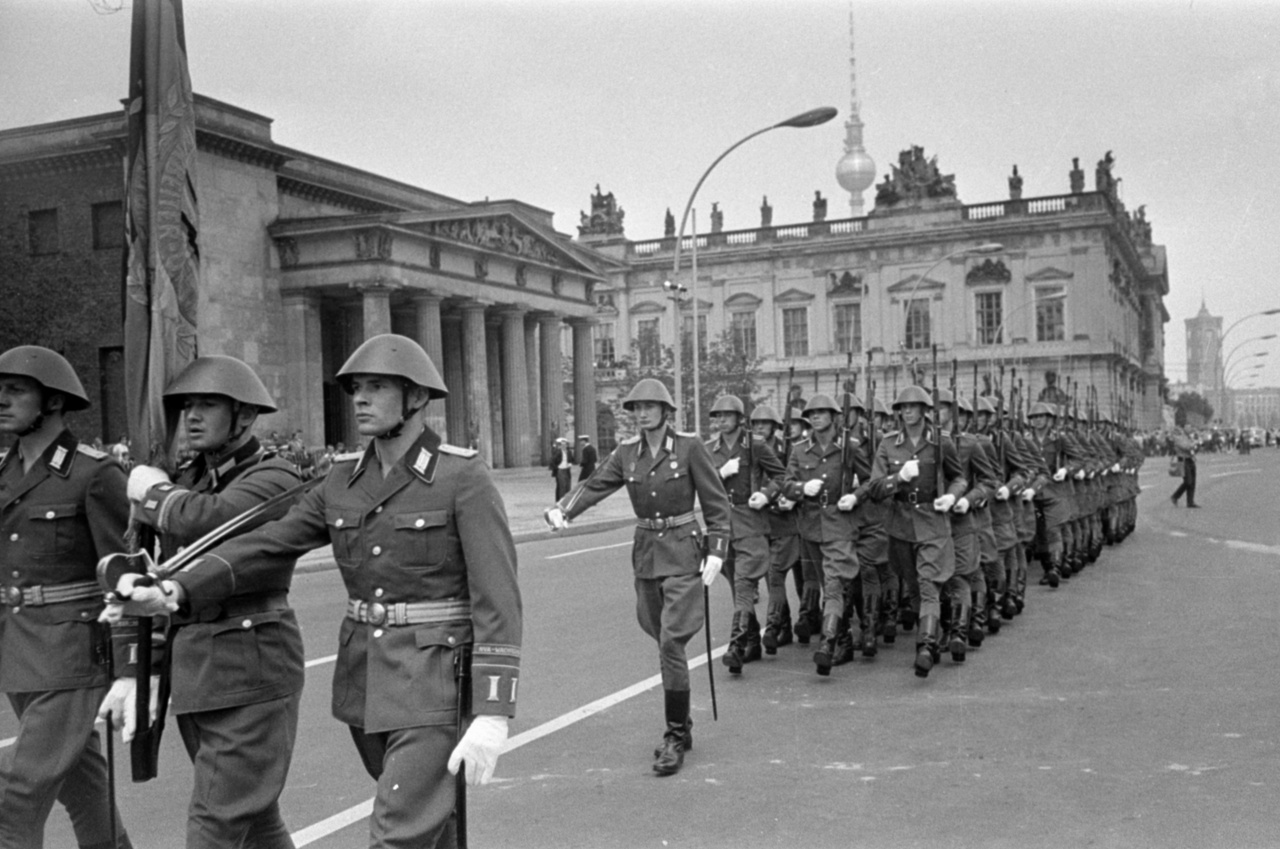
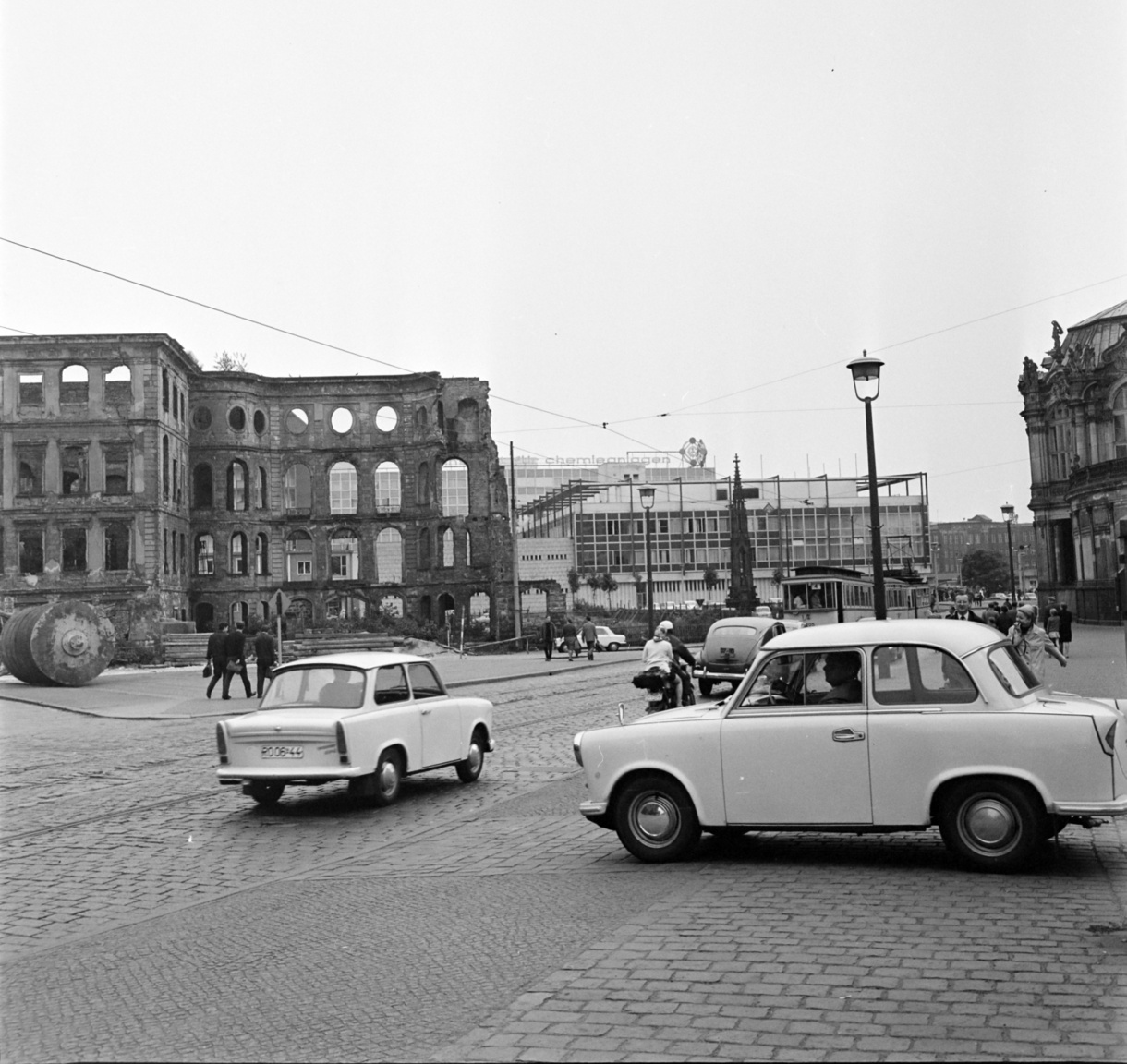
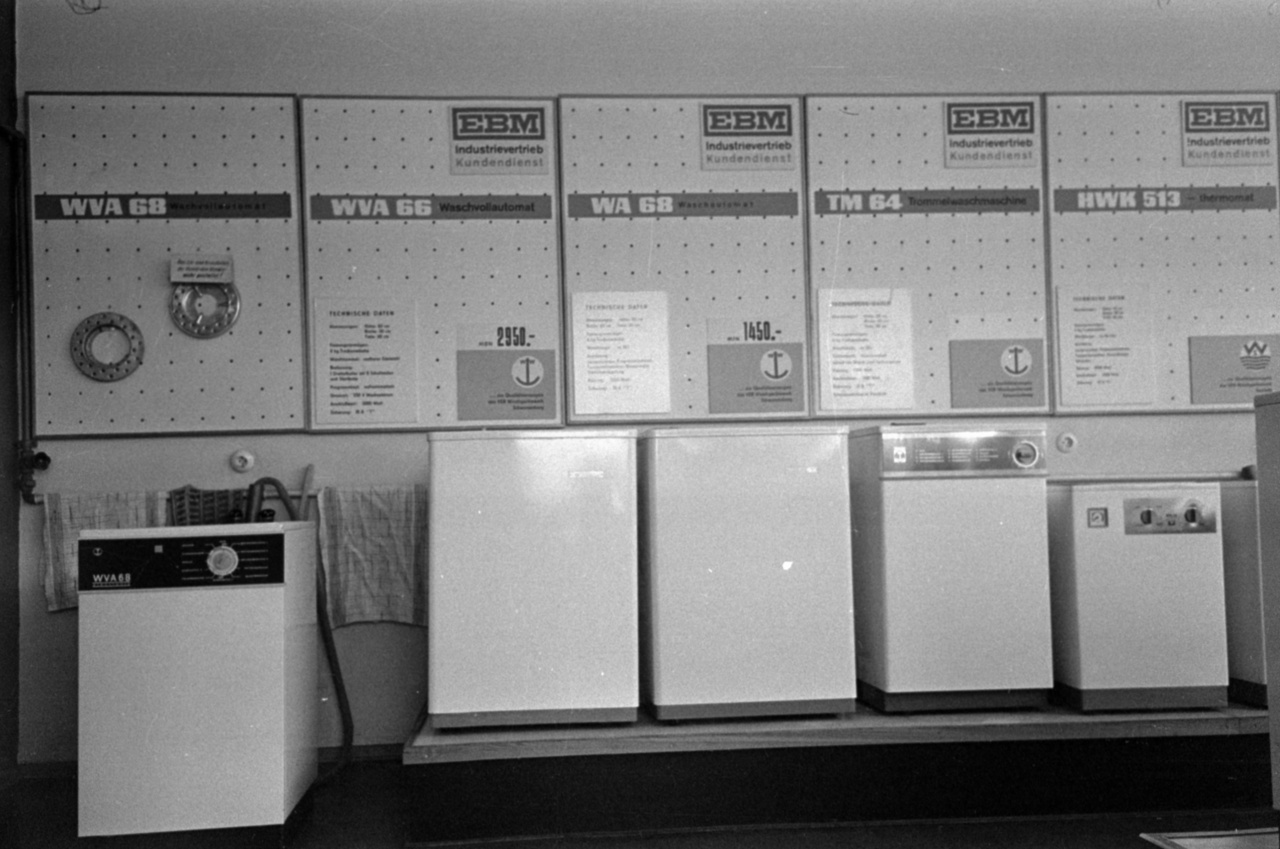
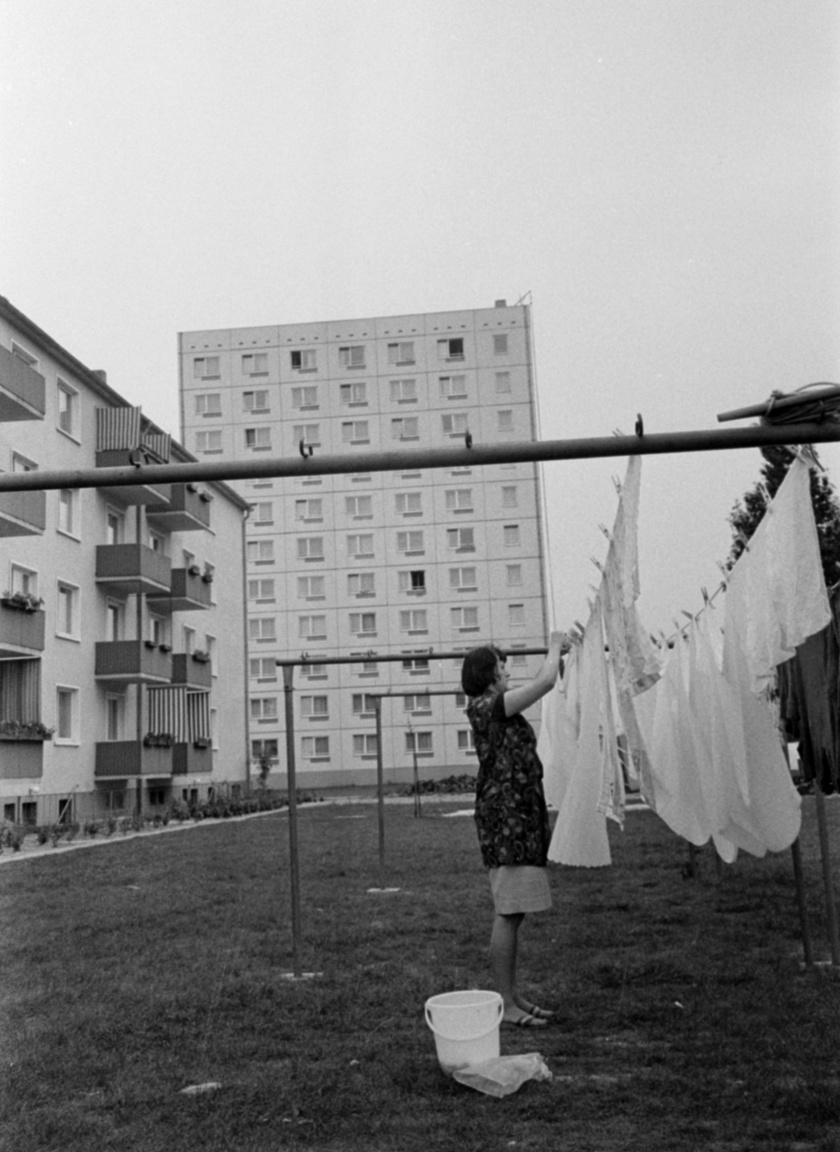
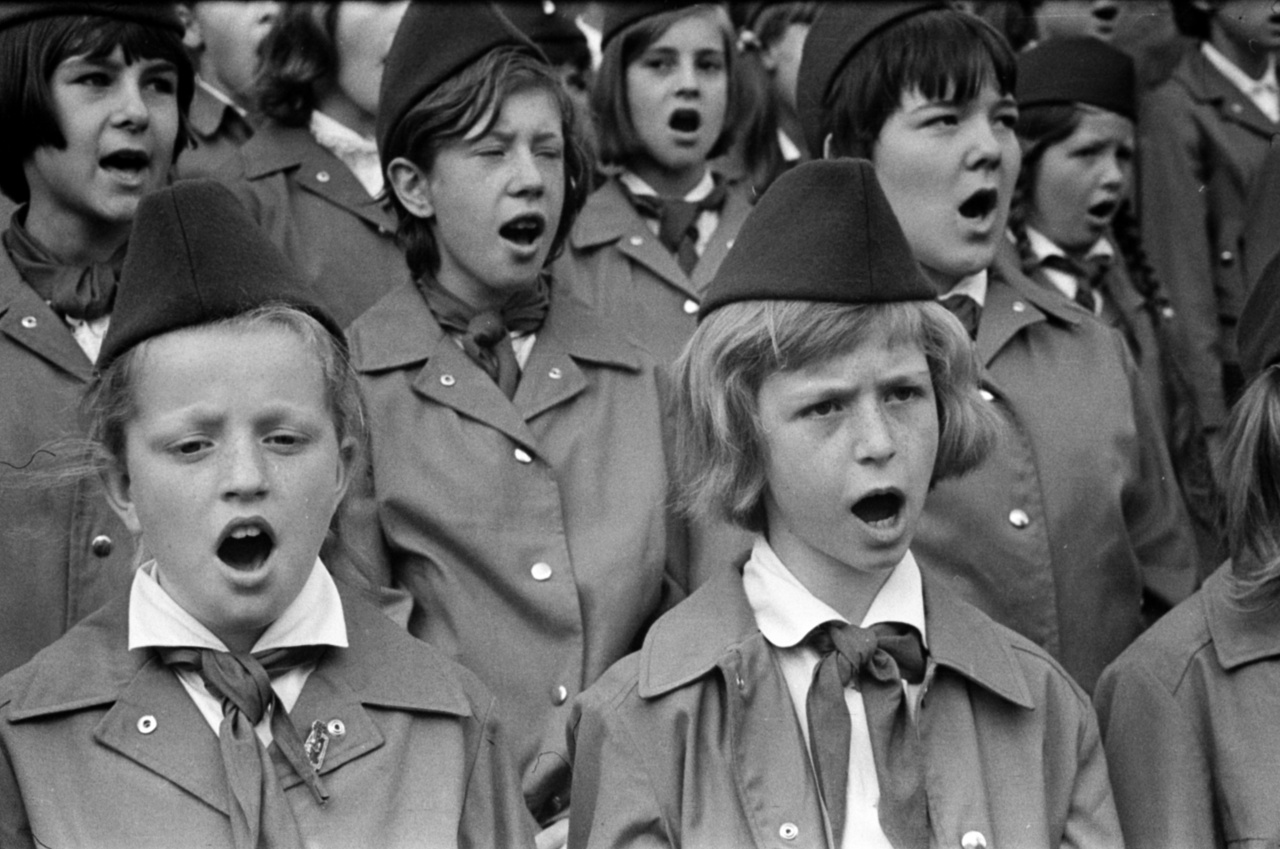
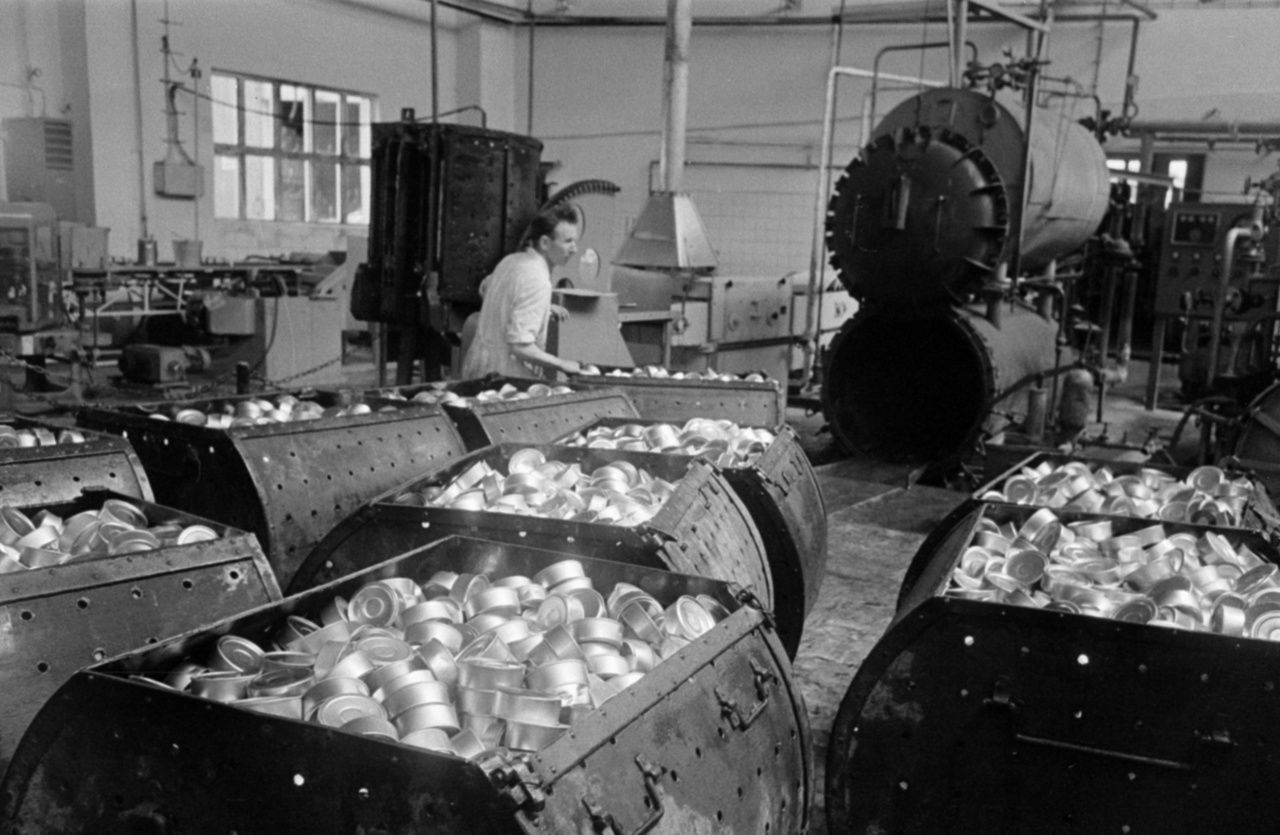

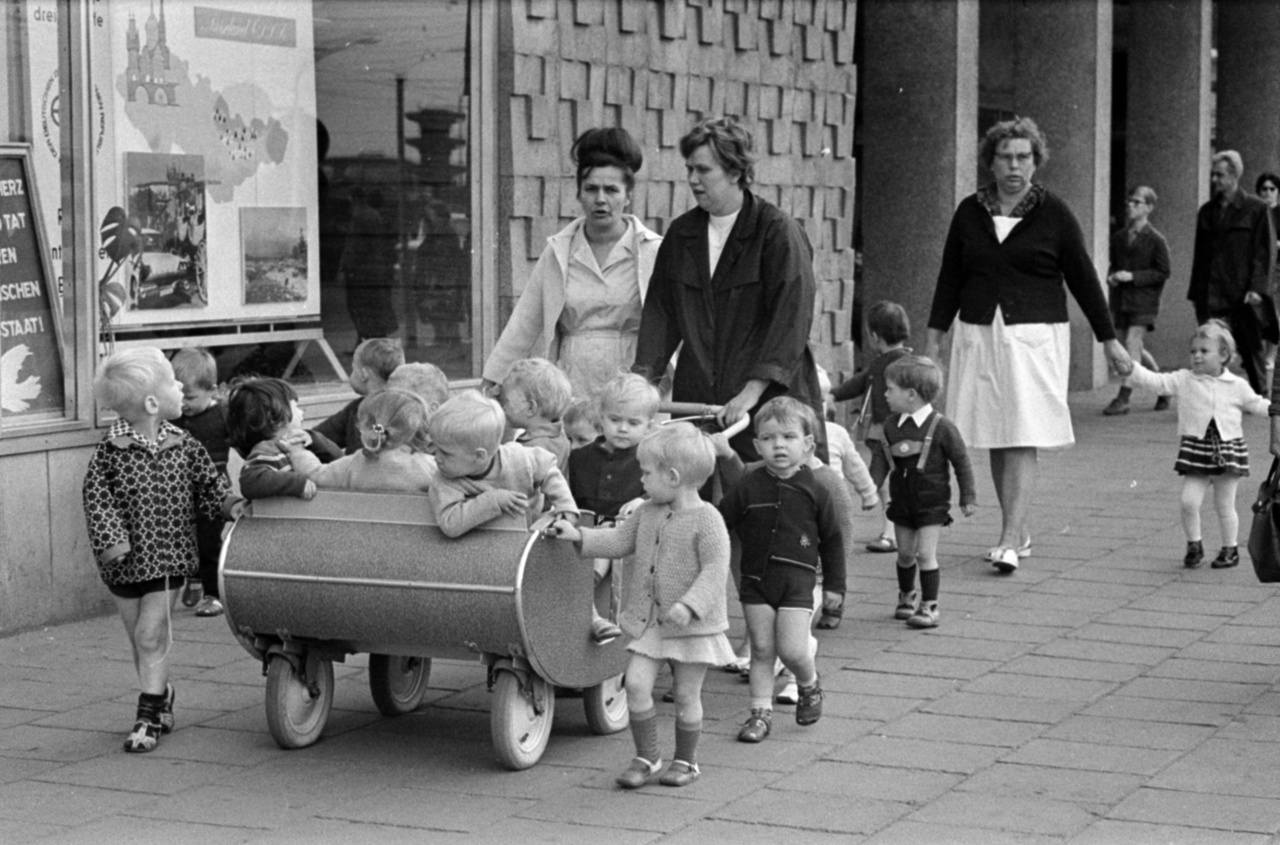
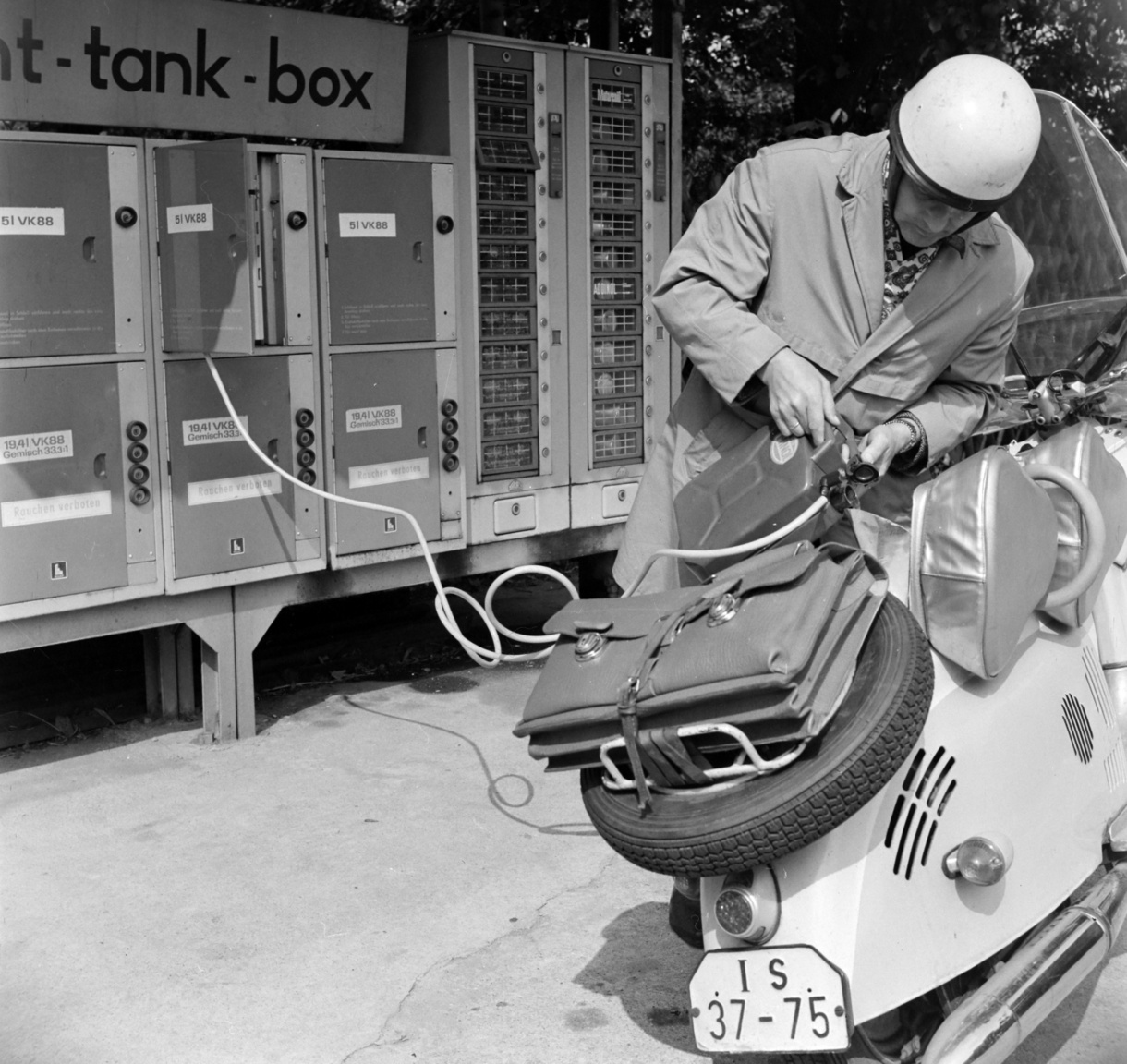
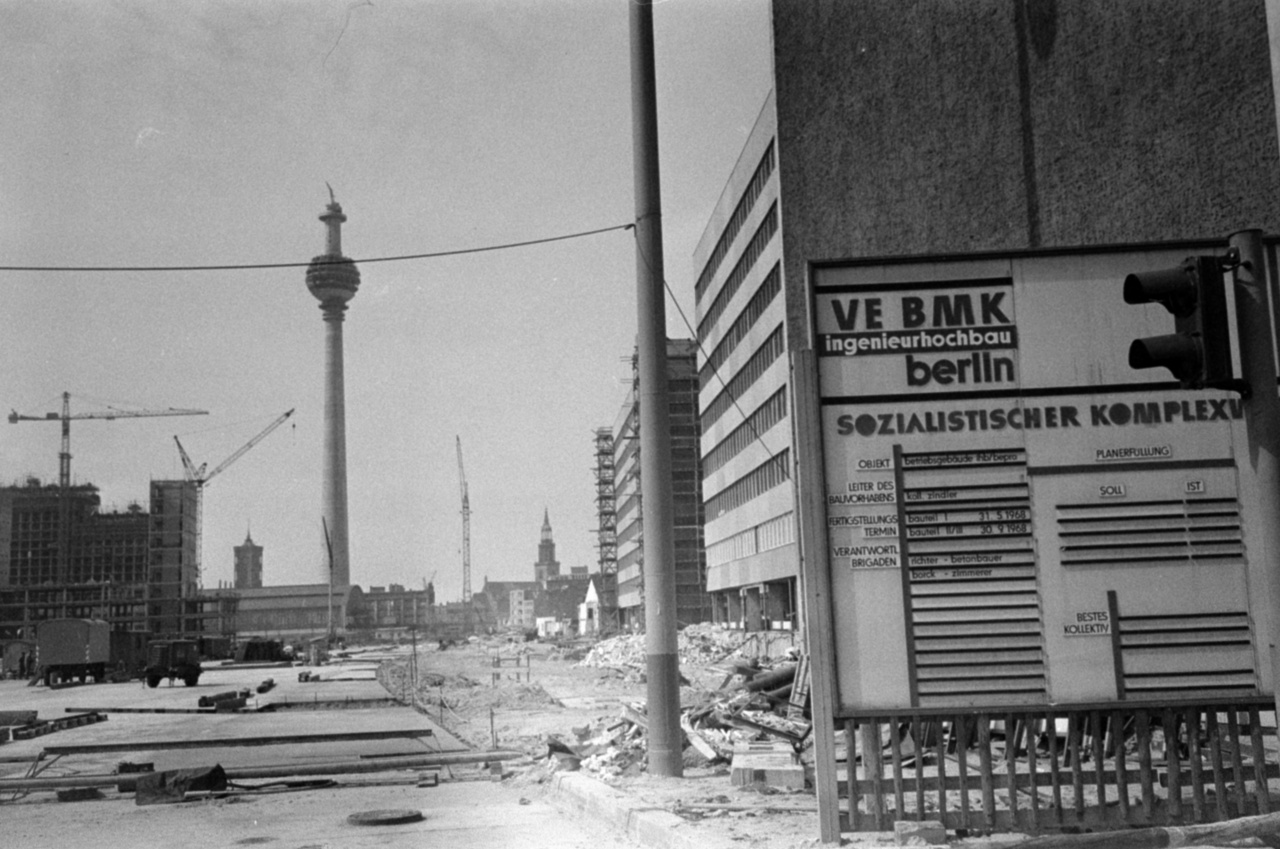
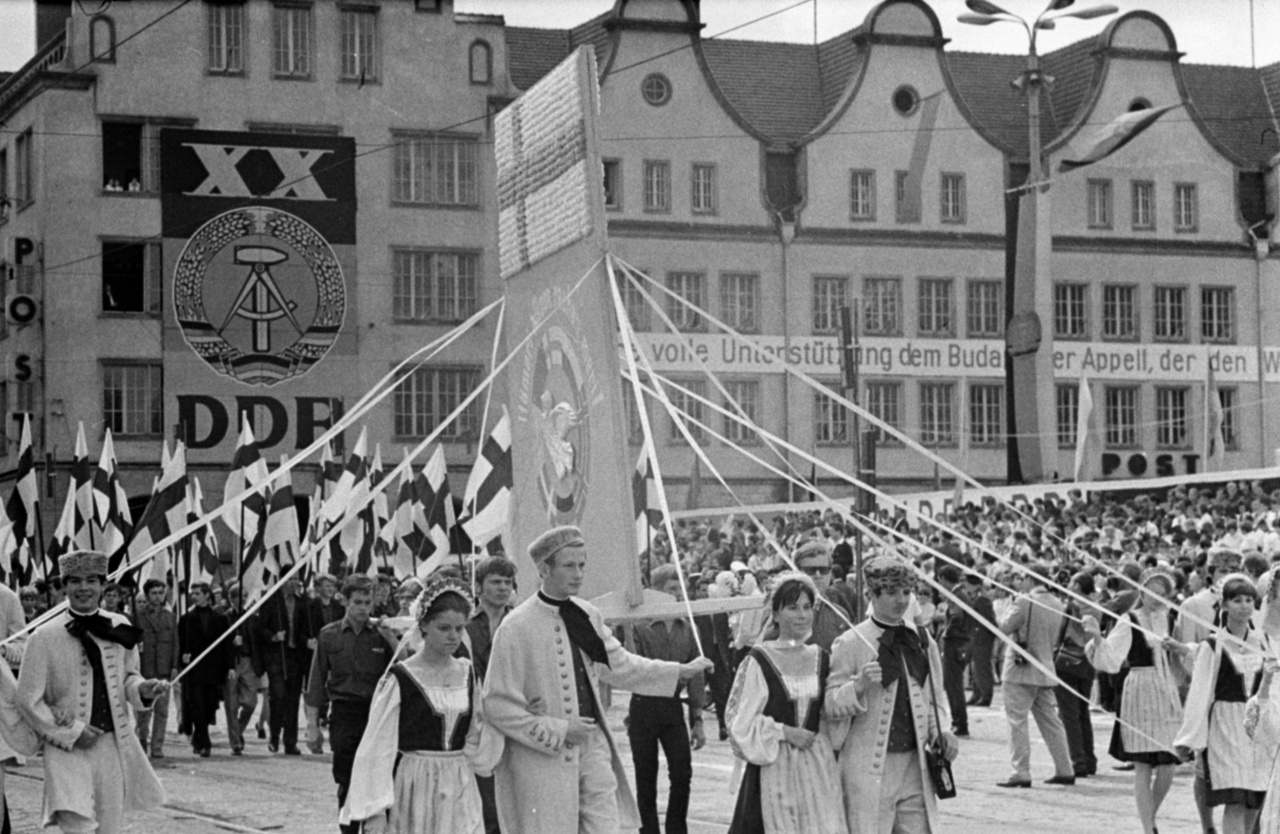
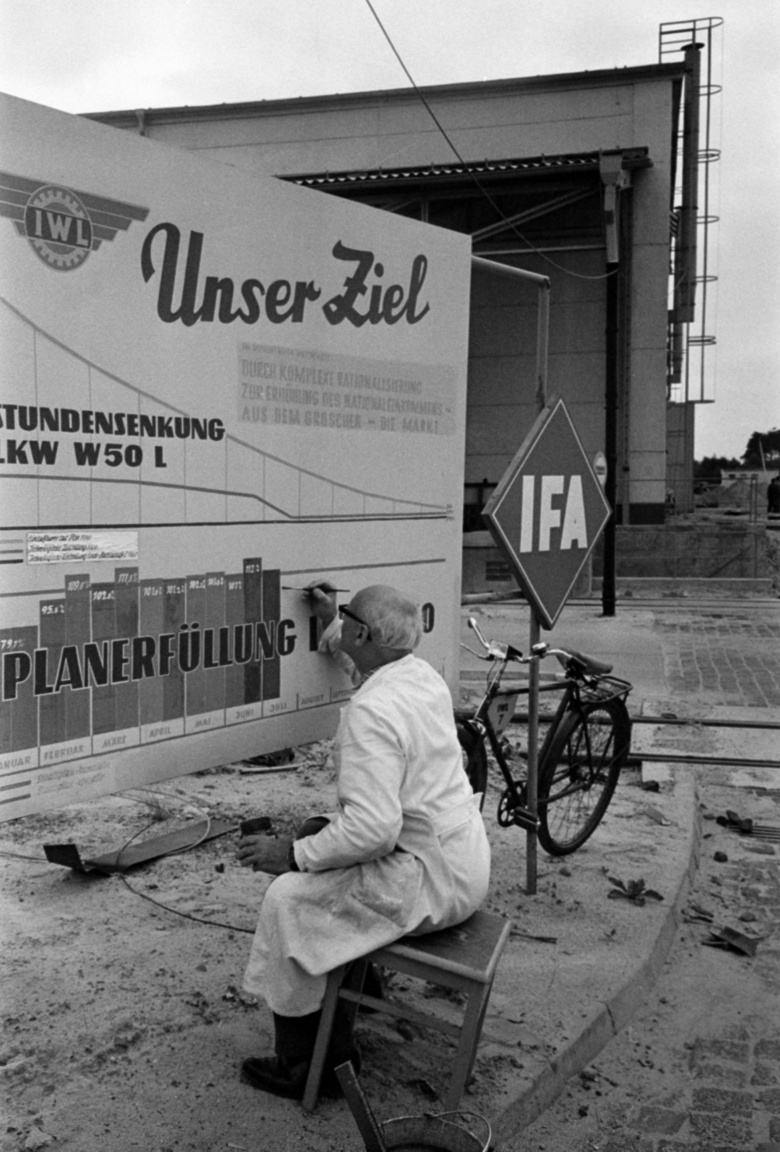
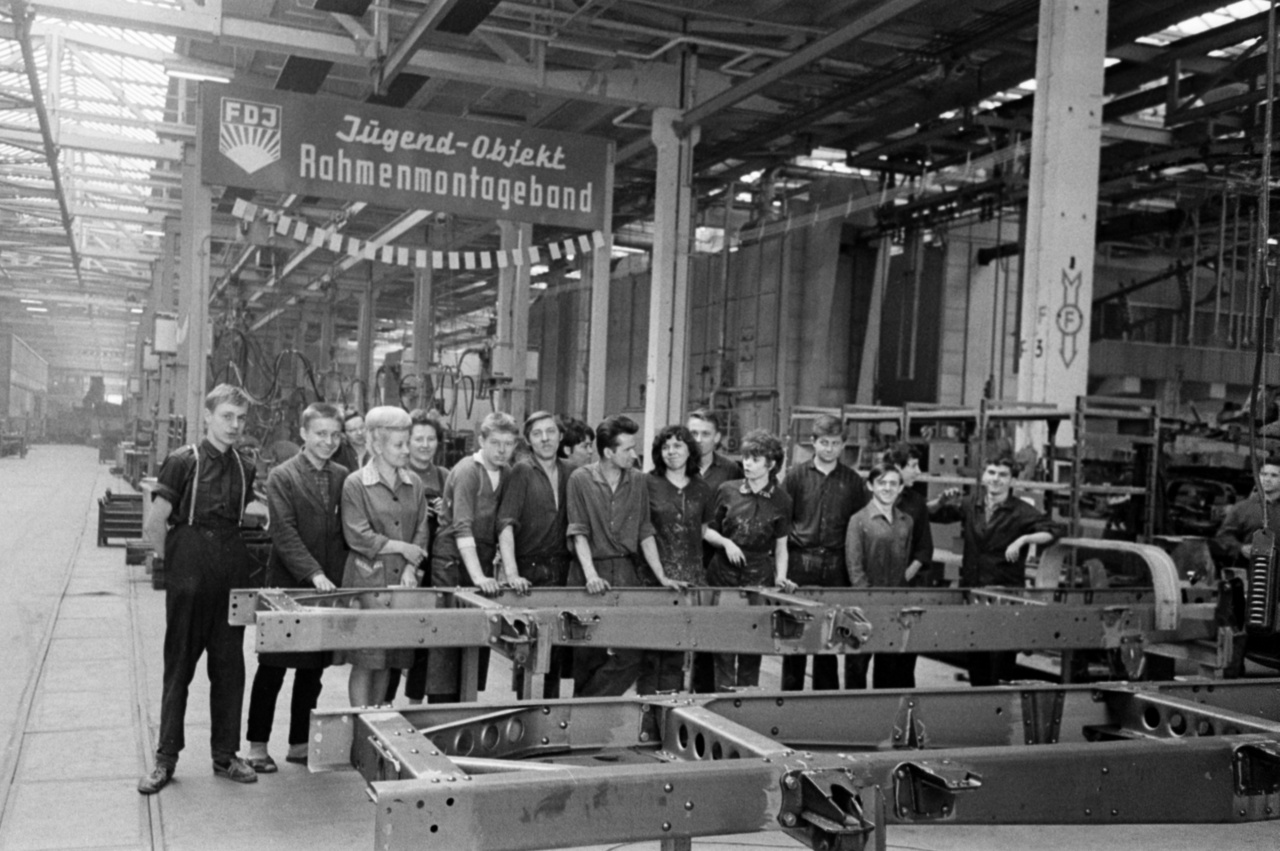
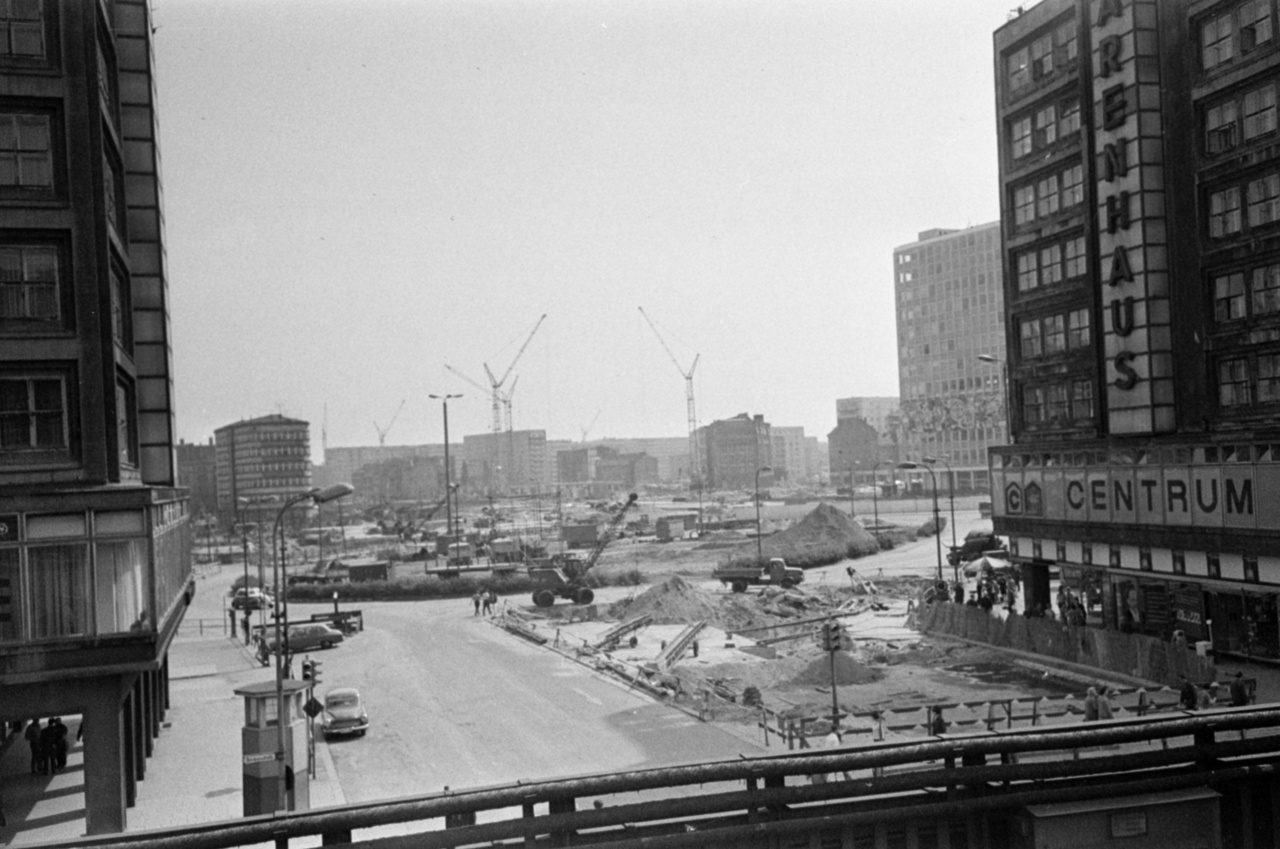

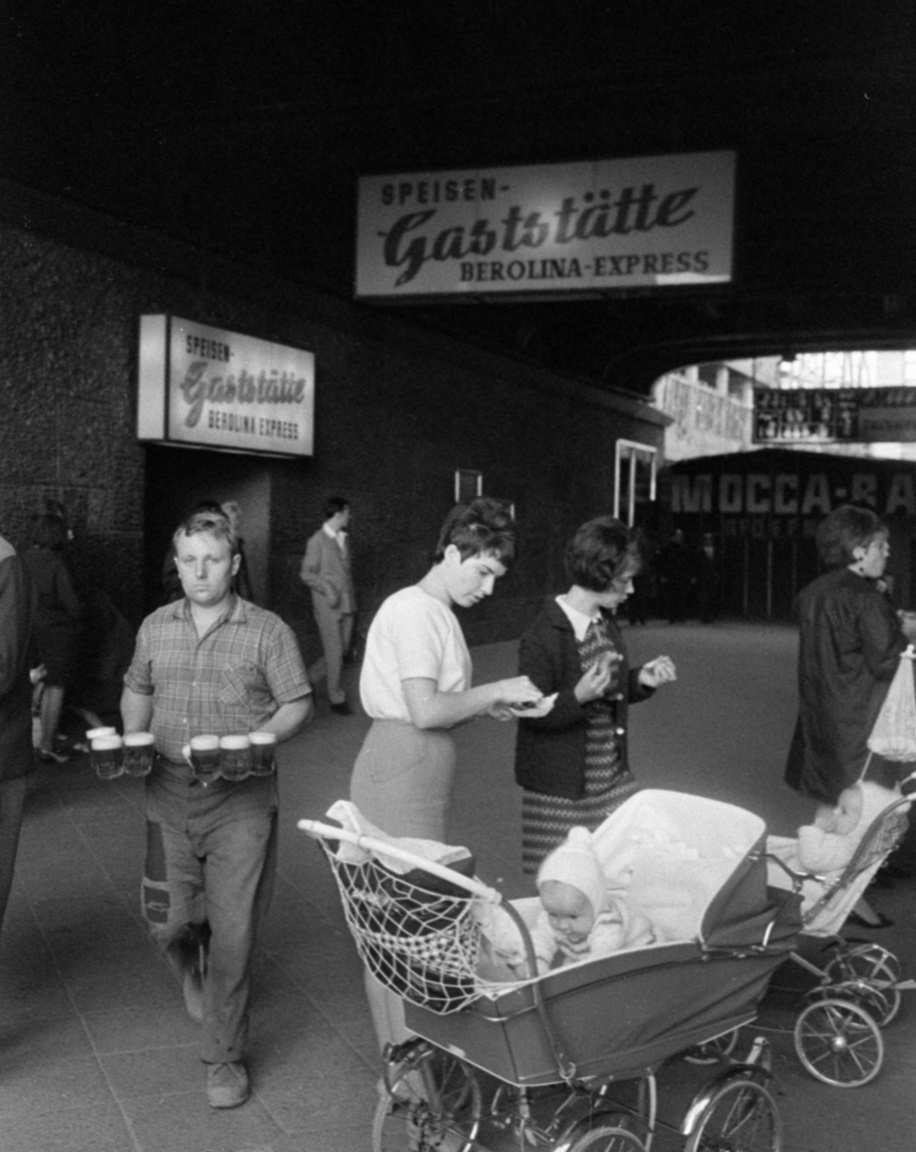
Onepage.space is a filesharing service that automatically creates preview images of uploaded pictures and videos, even of those which would otherwise require special software (such as Photoshop) to open.
The responsive web page created in this way can be personalized, and the sender can upload a logo and wallpaper. They may also choose a font, a background colour, and add comments/descriptions to their content they create.
Before downloading, recipients can view and select the files that have been shared with them - even on their phone. No downloads are required to use it, while a presentation or a portfolio can be put together in minutes.
Onepage.space might be especially attractive to those who work with photos and graphics and it's important for them to present and share their work on a high standard platform.